Cauliflower
Cauliflower is a very tasty and healthy vegetable. Indian recipes of cauliflower are most popular ones. It does not taste good in raw state and thus is hardly eaten raw.
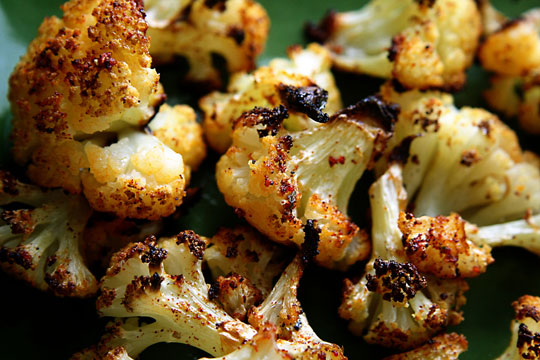
Cauliflower
Table Of Content
It belongs to the Brassicaceae family and is one of the many species of Brassica oleracea. Many varieties of this vegetable are often cultivated in kitchen gardens as well for beautification of the yard. Read in detail about cauliflower in the article below.
Description
The vegetable tastes as great as it looks.
Shape: It has a compact, round head of florets, called “curd”.
Size: It has an average diameter of 6 inches.
Color: The vegetable comes in four colors – white, orange, green and purple.
Taste: It has a mild, salty taste.
Texture: It has a fibrous and crunchy texture.
Distribution
The top five countries that grow cauliflower are China, India, Spain, Italy and France. It is also grown in a few other countries.
Variety
The vegetable is largely classified under four groups.
- Asian: It is grown in India and China since 19th century.
- Northern European annuals: It is grown in Germany since 18th century. In Europe and North America, they grow it as a summer and fall crop.
- Northwestern European biennial: It is grown in France since the 19th century.
- Italian: This is the ancestor species from which the other types were developed.
It is also categorized according to it color.
- White: It is the most common type of cauliflower.
- Green: This variety is also known as Broccoflower. It comes in usual curd shape as well as spiky curd shape.
- Orange: It contains about 25% more of vitamin A than white breed.
- Purple: The color is due to the presence of anthocyanins, a group of anti-oxidants.
Nutritional Value
Know the nutrition content in every 100 gm of raw cauliflower. It contains 26 calories in this same amount of the vegetable.
| Nutrient | Amount | Percentage |
| Carbohydrates | 5 g | |
| Energy | 25 kcal | |
| – Dietary fiber | 2 g | |
| – Sugars | 1.9 g | |
| Protein | 1.9 g | |
| Fat | 0.3 g | |
| Water | 92 g | |
| Riboflavin (vit. B2) | 0.06 mg | 5 % |
| Thiamine (vit. B1) | 0.05 mg | 4 % |
| Pantothenic acid (B5) | 0.667 mg | 13 % |
| Niacin (vit. B3) | 0.507 mg | 3 % |
| Folate (vit. B9) | 57 μg | 14 % |
| Vitamin B6 | 0.184 mg | 14 % |
| Vitamin E | 0.08 mg | 1 % |
| Vitamin C | 48.2 mg | 58 % |
| Calcium | 22 mg | 2 % |
| Vitamin K | 15.5 μg | 15 % |
| Magnesium | 15 mg | 4 % |
| Iron | 0.42 mg | 3 % |
| Phosphorus | 44 mg | 6 % |
| Manganese | 0.155 mg | 7 % |
| Sodium | 30 mg | 2 % |
| Potassium | 299 mg | 6 % |
| Zinc | 0.27 mg | 3 % |
Health Benefits
This delicious vegetable comes along with many health benefits.
Weight Loss – Cauliflower is low in calories. It can replace rice or mashed potatoes and thus can be beneficial for weight loss diets.
Cardiovascular Health – A compound, called allicin, found in this vegetable decreases the risk of heart diseases and stroke. It also reduces the cholesterol level.
Anti–inflammatory – The vitamin K and omega-3 fatty acids, contained in cauliflowers, avert chronic inflammation which might result in bowel condition, arthritis and chronic pain.
Antioxidants – It contains anti-oxidants that destroy free radical and decreases ageing process of the body.
Digestion – It is enriched with dietary fiber which aids in digestion. It is also a good source of glucoraphin which protects the stomach from many conditions.
Anti–cancer – It is a high cruciferous vegetable which decreases chances of bladder, ovarian, colon, breast and prostate cancer.
Vitamins – This edible flower-vegetable is full of vitamins. The multi-vitamins aids in overall well being of the heath.
Detoxification – It has thiocyanates and glucosinolates. These two compounds magnify ability of the liver in neutralizing potential toxins that could harm the body.
During Pregnancy
Cauliflower is full of vitamins, minerals and calcium. These are crucial for brain development, bone strengthening and proper neural functioning of the baby in the womb. Thus, this vegetable is advised during pregnancy and lactation period. The amount served must be carefully taken into account, as over feeding of it could lead to minor digestive problems, but are uncomfortable to deal with during pregnancy and lactation.
Side Effects
Despite many health benefits of this vegetable, it has a few moderate to severe side effects.
Gout: It contains purines which break down in the body and forms uric acid. Excess uric acid in the body might result in kidney stones.
Gas: It has non-digestible carbohydrates that can lead to smelly gas and bloating in digestive system.
Allergy: In rare cases, cauliflower can cause itching, hand and facial swelling, and even breathing difficulties.
Uses
There are not many uses of cauliflower apart from its edibility and gardening.
Edible Uses
It can be boiled, fried, baked, stewed, curried or mashed into various preparations.
Other Uses
The various colorful varieties of cauliflower are grown in add color and vibrancy to gardens.
Availability
It is mostly available during winter in tropical countries. In cooler temperature countries, it can be found throughout the year.
Storage
Keep the fresh cauliflower in a plastic bag and refrigerate up till a week. For better refrigeration, keep the stem downwards in the bag. Try to store it as a whole because cut cauliflowers tend to absorb moisture fast.
How To Cook Cauliflower?
The florets of this vegetable are the most eaten part. The stem, as well as, the leaves are also edible, and are often used in vegetable stock. The florets should be cut from the stalk base. Remove the brownish colored parts of the florets. It is better to cook the cauliflower for short time span and not store for long time.
Recipes
It is a delicious vegetable and is eaten in various recipes throughout the world.
- Cauliflower soup
- Roasted cauliflower
- Cauliflower curry
- Baked cauliflower
- Cauliflower puree
- Cauliflower pizza
- Cauliflower casserole
- Cauliflower salad
- Indian cauliflower curry
- Cauliflower fry
- Cauliflower popcorn
- Grilled cauliflower
- Cauliflower mashed
- Oven roasted cauliflower
- Broccoli cauliflower soup
- Cauliflower fried rice
- Cauliflower mashed potatoes
- Cauliflower mac and cheese
- Pickled cauliflower
- Riced cauliflower
- Curried cauliflower soup
- Broccoli and cauliflower casserole
- Cauliflower breadsticks
- Vegan cauliflower pizza
- Vegan cauliflower curry
- Cauliflower risotto
- Paleo cauliflower mashed potato
- Cheesy cauliflower soup
- Cauliflower fritters
- Cauliflower kurma
- Creamed cauliflower
- Cauliflower steak
- Cauliflower gravy
- Cauliflower pasta
- Steamed cauliflower
- Cauliflower masala
- Cauliflower cheese sauce
- Cauliflower macaroni and cheese
- Cauliflower and leek soup
- Cauliflower stir fry
Fun Facts
Read about some very interesting facts about cauliflower.
- This vegetable is originally an underdeveloped flower.
- Its leaves are hardly eaten even though they are edible. It is due to their strong taste that they are less popular.
- Green cauliflower is actually a cross between cauliflower and broccoli.
- It is named such due to its resemblance to a Greek cross and it has four petals.
- The vegetable is differently related to a number of other vegetables such as Brussel sprouts, rutabagas, turnip, kale, cabbage and broccoli.
Pictures
See the pictures below to identify the different varieties of cauliflower.
Reference:
http://en.wikipedia.org/wiki/Cauliflower
https://www.britannica.com/plant/cauliflower
https://www.healthline.com/nutrition/benefits-of-cauliflower
https://www.bbcgoodfood.com/howto/guide/health-benefits-of-cauliflower
https://www.medicalnewstoday.com/articles/282844
https://www.bbcgoodfood.com/howto/guide/health-benefits-of-cauliflower
https://trueactivist.com/7-health-benefits-of-cauliflower-and-mashed-cauliflower-reci
https://www.bbcgoodfood.com/howto/guide/health-benefits-of-cauliflower
http://www.livestrong.com/article/423748-side-effects-of-cauliflower/
- by anwiksha
- June 20th 2013

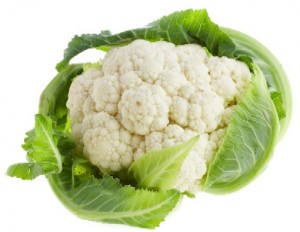
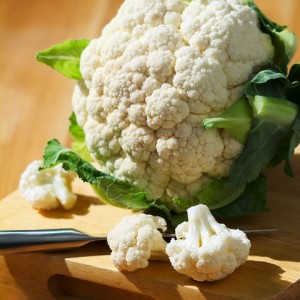
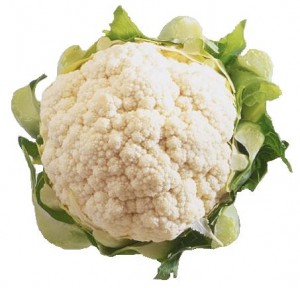

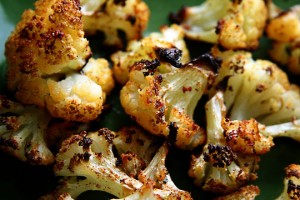
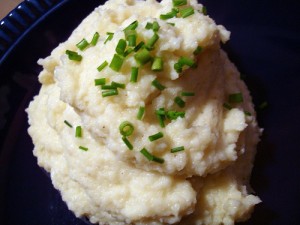
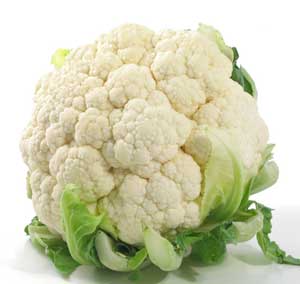
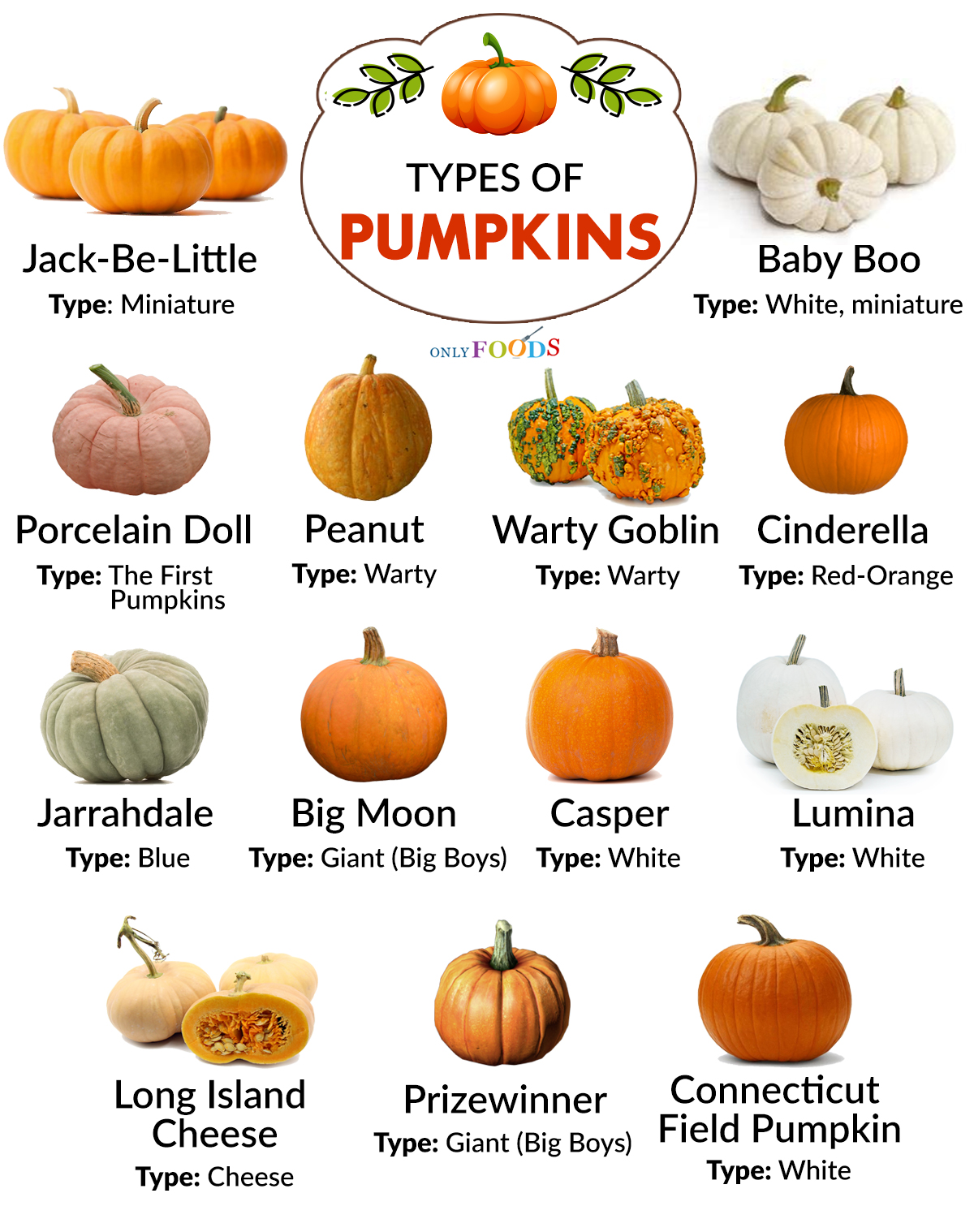
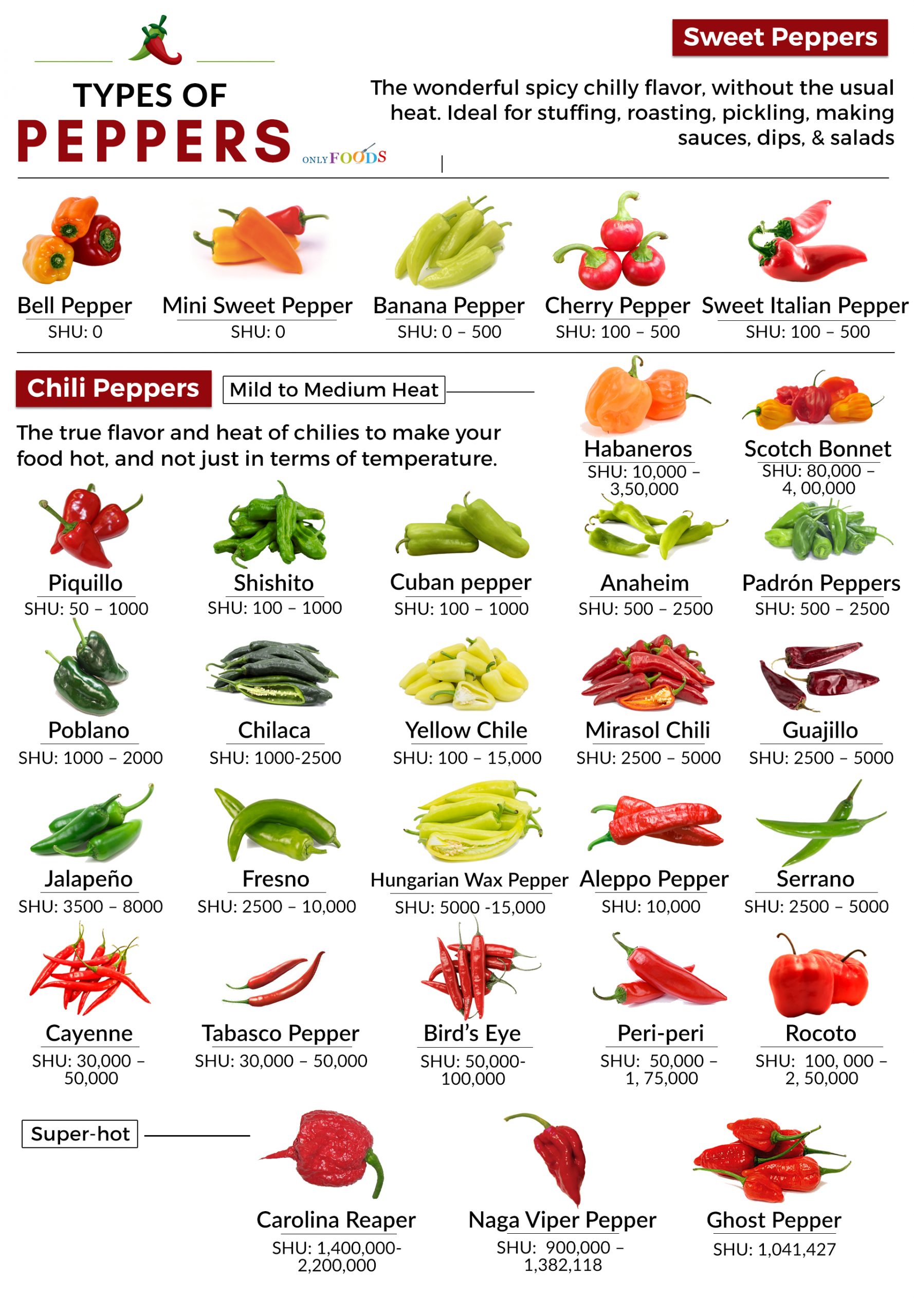
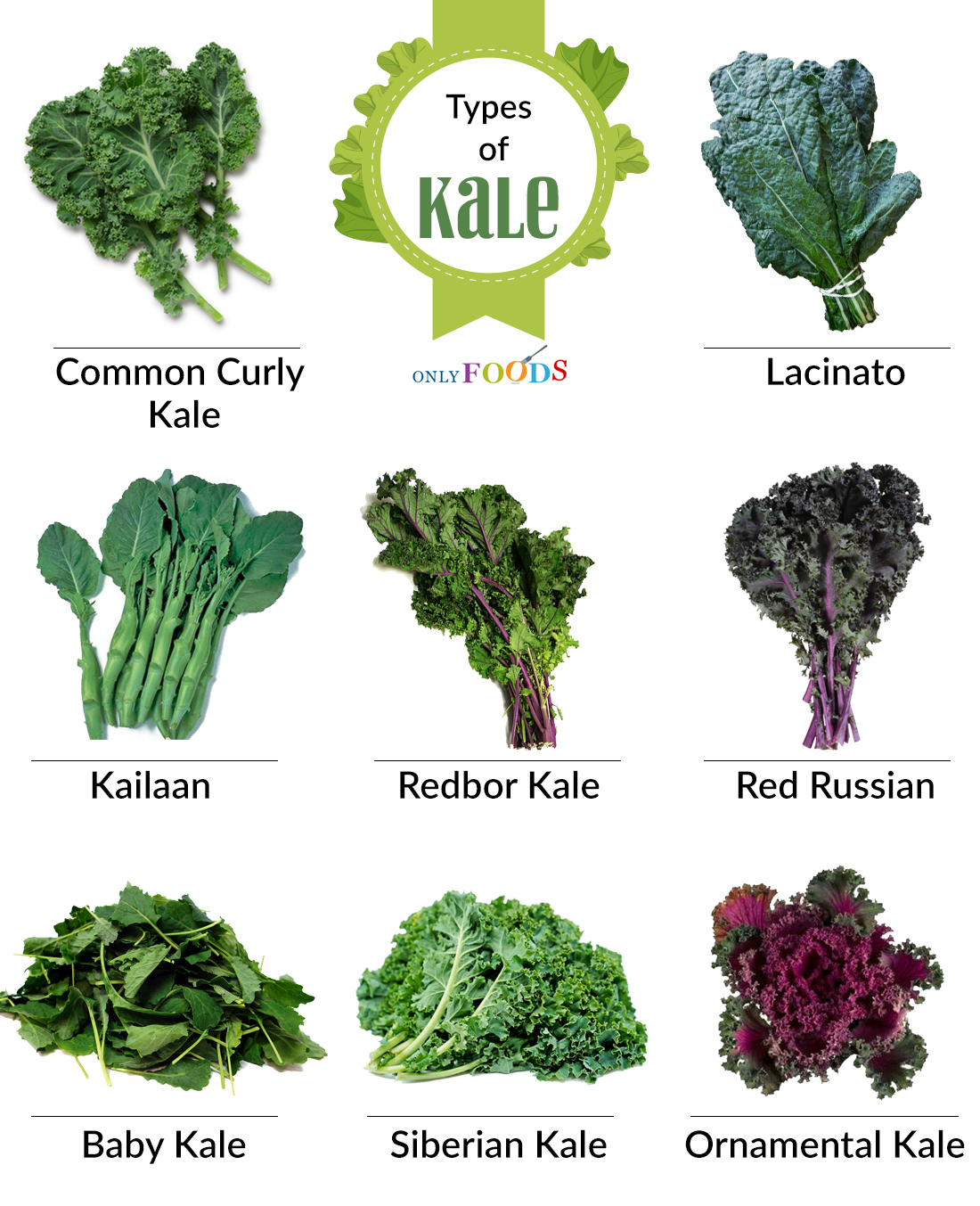
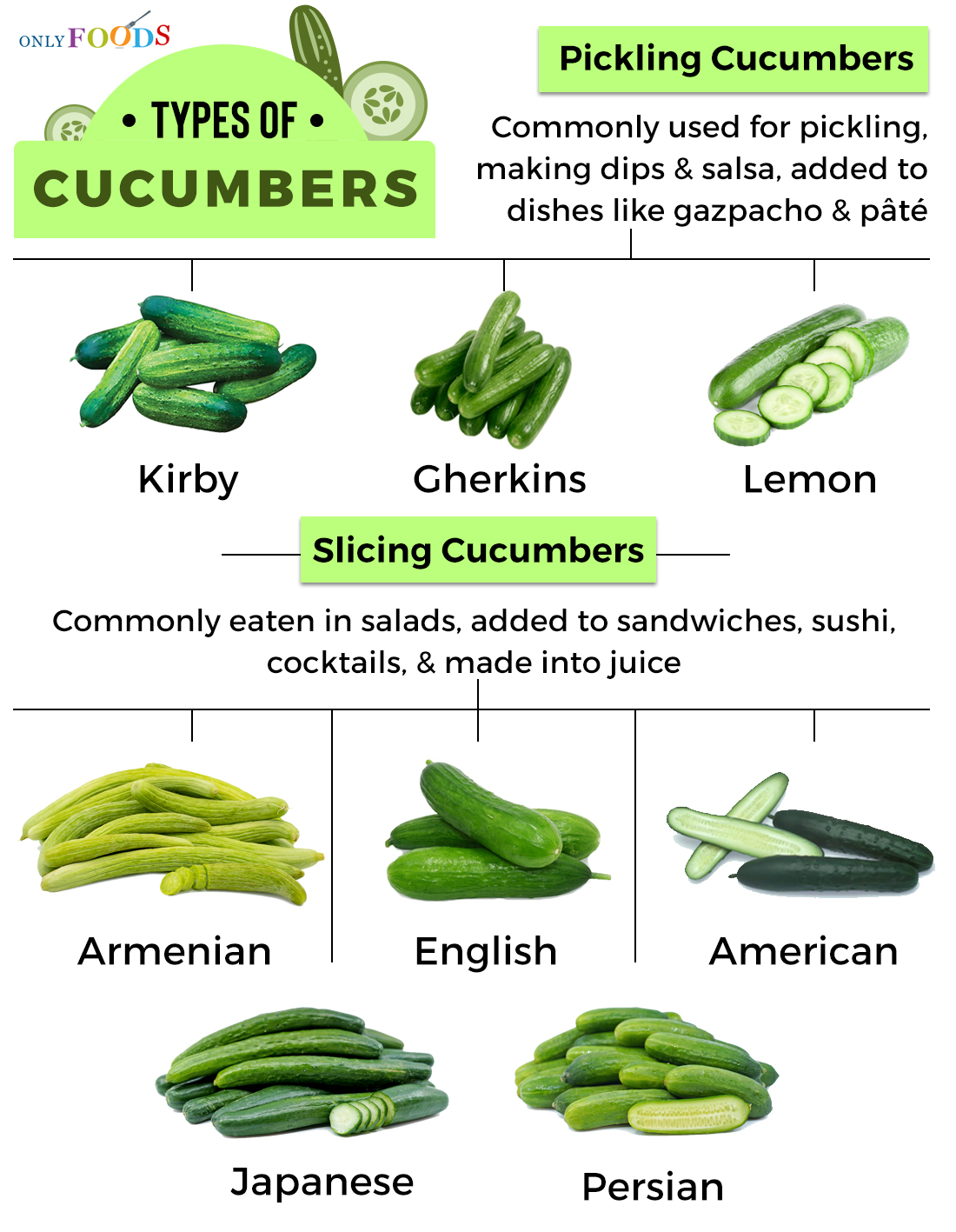
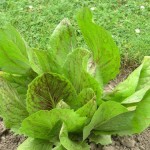
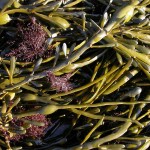
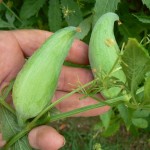
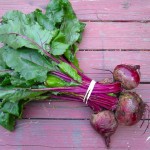
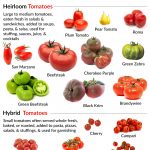
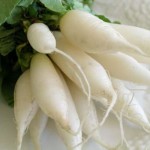
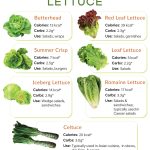

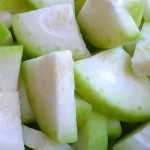
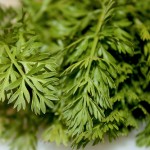
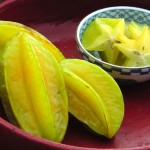
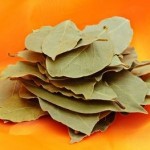

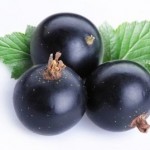

Leave a Reply